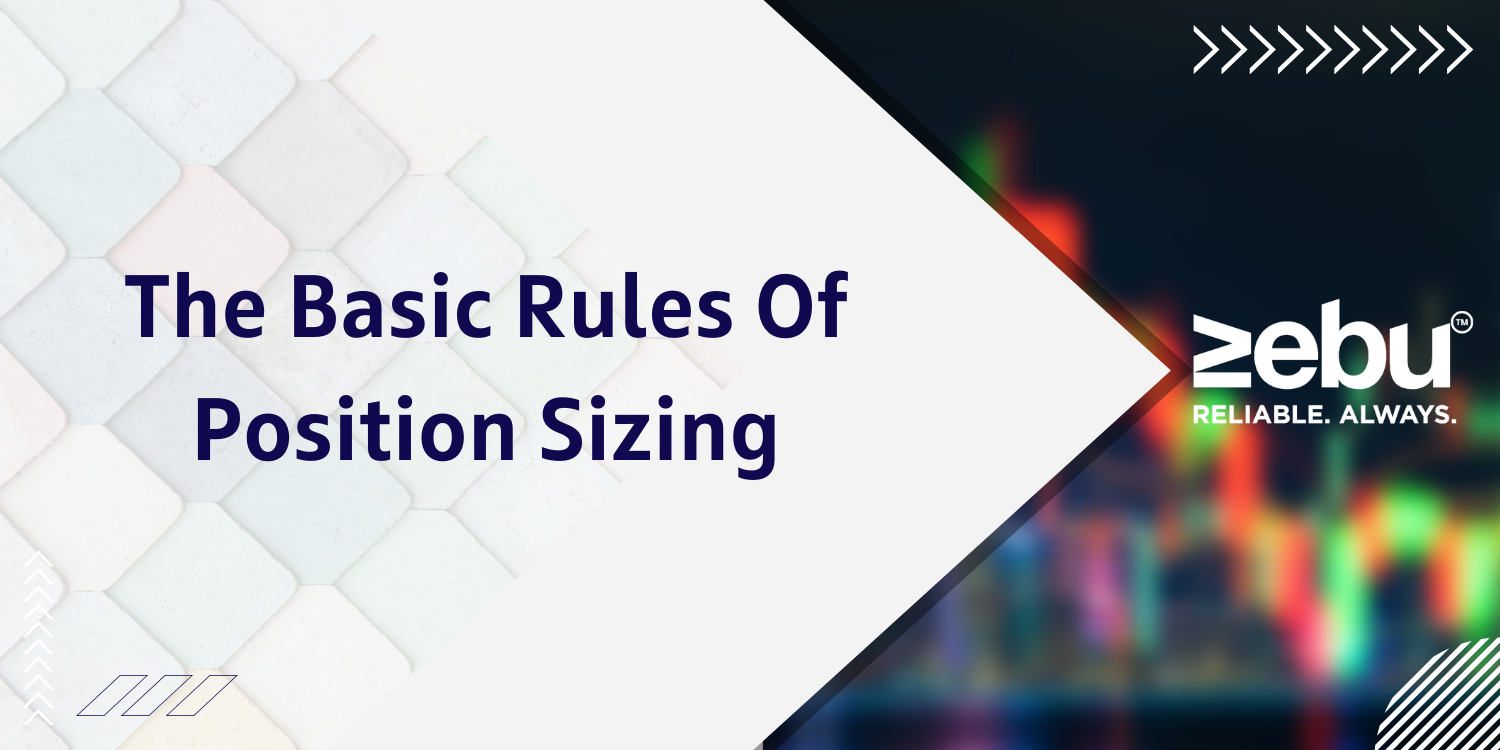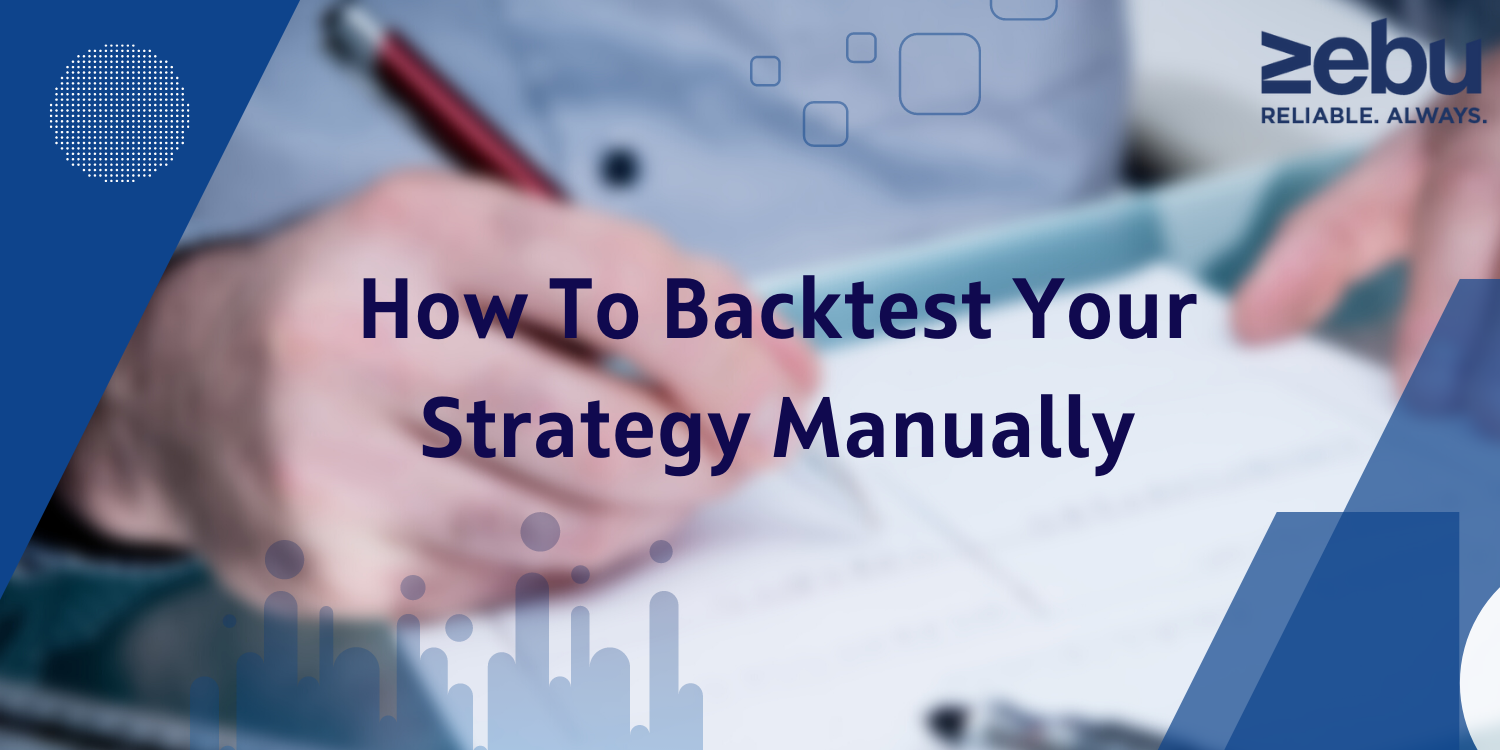
Large Cap vs Mid Cap vs Small Cap: Key Differences That Actually Matter
Full-time traders who treat their work as a business are the ones who succeed. But the trading business can get very lonely very quickly. This might psychologically hinder your productivity but there are a few steps you can take to drastically improve your trading productivity. Here are a few of them. But Before we get started on your journey to increase your trading productivity, we believe that you deserve one of the best trading accounts from one of the top brokers in share market.With Zebu, you get access to an extensive online trading platformwith which you can create the right trading system. The first step is to create alerts. Set price notifications based on what you’re looking for. Alerts allow you to be informed about price changes or other changes at a specific time of day without having to sit in front of your computer all day long. To make the most of the rest of the day, you can take a break from the computer and take in the latest market news. An investor’s ability to react quickly to market changes is helped by the timely distribution of alerts. Alerts have the potential to significantly boost output. Create a system for your job and keep to it. A person’s productivity is directly related to the amount of time spent working. As you trade the market, come up with a plan for yourself. You’ll be more motivated to work on improving your trading performance if you establish a system. Keeping to a routine you’ve established for yourself is the cherry on top. Instead of waiting for the market to shift in your favour, traders who focus on ethics and stick to a process are more likely to become more profitable in the long run. Examine your area of expertise Re-examine recent trades in your trading journal. It will assist you in refining your approach. You can get a sense of how successful your trades have been by going over your previous transactions and determining whether or not they were profitable. Is it better to hang on to the traded stock for a longer period of time or not? Will you make money or lose money? And there are many more questions you can answer by going over your previous trades. The present market trends might also be better understood by looking back at your trades. It’s essential to review your work to determine where you’re doing well and where you need to improve, as well as where you should focus your efforts in the future. Every great trader keeps a journal of their accomplishments. Fresh air is good for you. Taking a breath of fresh air might help you relax and improve your physical and emotional health. You’ll feel better about yourself, your lungs will be clearer, your immune system will be stronger, and you’ll have a calmer mindset, which is especially important for trading. Trading on the stock market puts traders under constant stress, therefore it’s critical that they take a break and get some fresh air to de-stress. Taking a break has been shown to enhance output. Take some time to unwind and do something you enjoy. Make an effort to engage in activities other than trading, such as listening to music, binge-watching your favourite television show, or even taking a walk by the ocean alone. Pre-market, market-time, and post-market analysis can take up to eight hours of a trader’s day, which can sometimes get boring. With such a demanding schedule, mental equilibrium is essential. It is important to take a break from work in order to maintain a healthy work-life balance. When traders relax, their energy system is rejuvenated and they are able to start fresh with their trading strategies, which increases their productivity. As one of the top brokers in share market, we believe that you deserve one of the best trading accounts that we have to offer, where you get access to an extensive online trading platform with which you can create the right trading system. Get in touch with us to know more.







